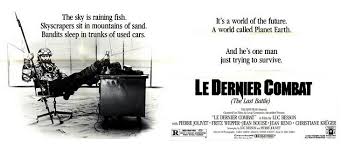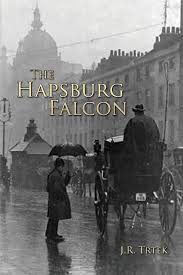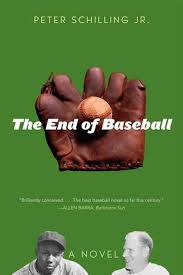The Tomb that Ruth Built (2014) by Troy Soos
Good Reads meta-data is 238 pages, rated 4.26 by 127 litizens.
Genre: Fiction; Species; Krimi.
DNA: De Bronx.
Verdict: Safe!
Tagline: A drag bunt!

A year that has lived in infamy: 1920, when the Boston Red Sox committed original sin, selling George Herman Ruth’s baseball contract to the New York Yankees. Ruth’s sportsmanship and showmanship gave the Yanks three years of untold prosperity. Bankrolled by Ruth’s draw of fans to games and long desirous of their own turf the Yankees built Yankee Stadium in two years. (That is less time than it takes to get a pot hole filled in a local street in most places.)
At the dawn of 1923 the NYYs were bound for another pennant and now had THE stadium. It was not a ‘field’ (Ebbets), ‘grounds’ (Polo), ‘park’ (Shibe), ‘bowl’ (Baker), no it was a ‘stadium’ of Roman grandeur. (Though built to last its final at bat was in 2008.
Into this shiny new temple of baseball stepped a Yankee team based on THE BABE, who lives up to expectations on the field and down to them off the field. Somewhere along the dugout bench is Utility infielder whose curiosity is surpassed only by his carnal love for baseball. Well, he probably sleeps with his bat and glove ready to get in at midnight.

The fun begins when workmen putting finishing touches on The House find a corpse stuck into the wall behind a concession stand on opening day. Mum’s the word! With President Harding in the stands no one wants to spoil the party with this sordid detail, moreover, the owner does not want the brand new stadium cursed with this cadaver, so he asks/directs Utility Man (whose few baseball duties give him plenty of time off) to find out what happened on the QT. Why him? Because the victim was a onetime teammate on his journey through the majors. This is New York City 1923 and the police couldn’t care less if there is no cut for them.
What follows is a lot of baseball, though none of it bears on the krimi plot, and some digging by Utility Man to backtrack the victim. In addition to the baseball asides, there is a diversion into the film world of D. W. Griffith that tails away into nothing. Likewise, the rookie Utility befriended in the early pages disappears. Despite assurances that he would be rewarded for his efforts, there is no justice and after Utility Man figures it all out, he is cut to make way for a strapping rookie name of Gehrig.

On the brighter side, the baseball is palpable, the characters are clearly distinguished, the human side of Circus Ruth is revealed, and the plot, albeit only a third of the book, makes sense. The mix and match of historical and fictional characters is seamless. It is the seventh in a series that has many more titles. I read one years ago set in Wrigleyville (figure it out or go home), and liked it. Still earlier I started one set in Green Monster Nation (ditto) but failed at a flood of clichés in chapter two. Still two for three is some average!
Ruth in the early stages of his celebrity is well done. He is already being eaten by expectations both on and off the diamond. He knows it but is powerless to resist the siren call.




















